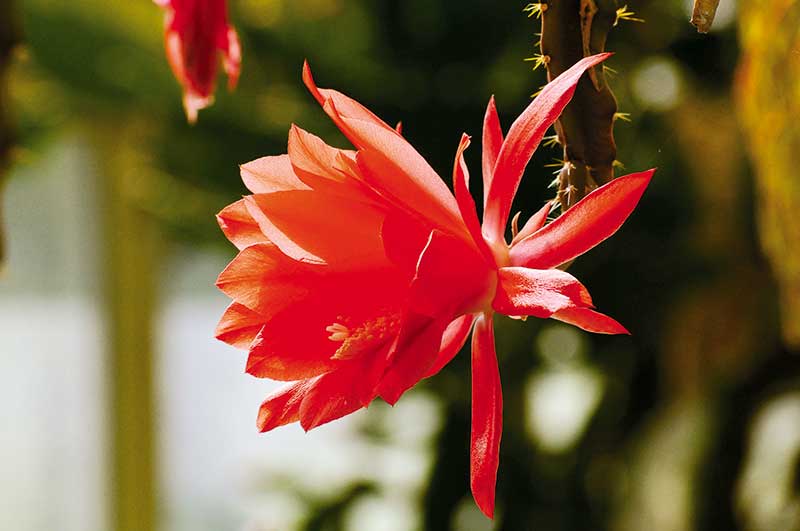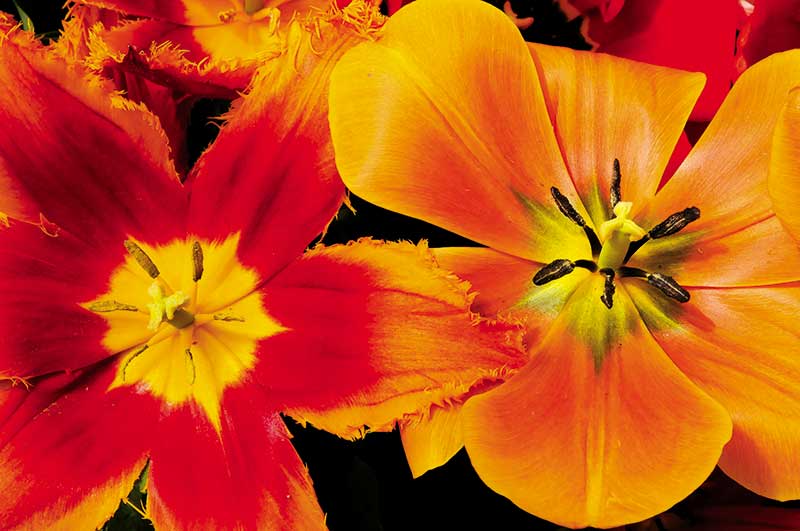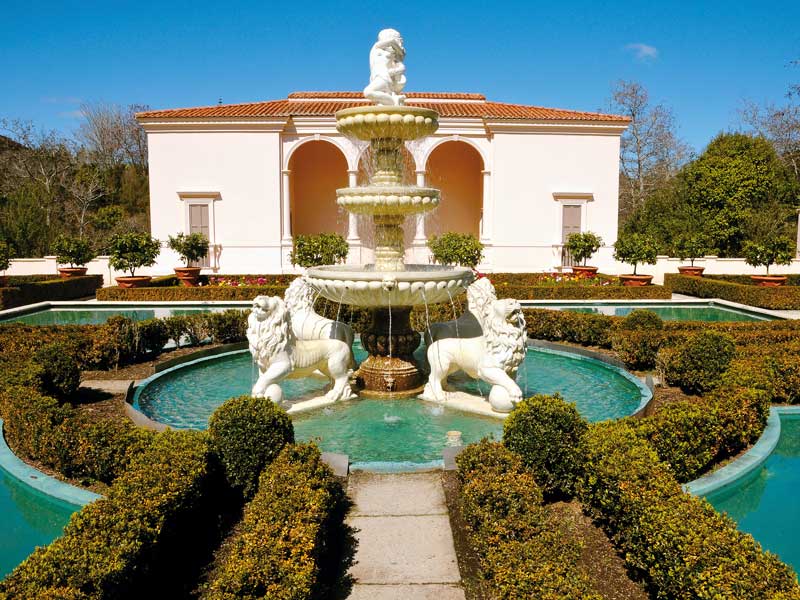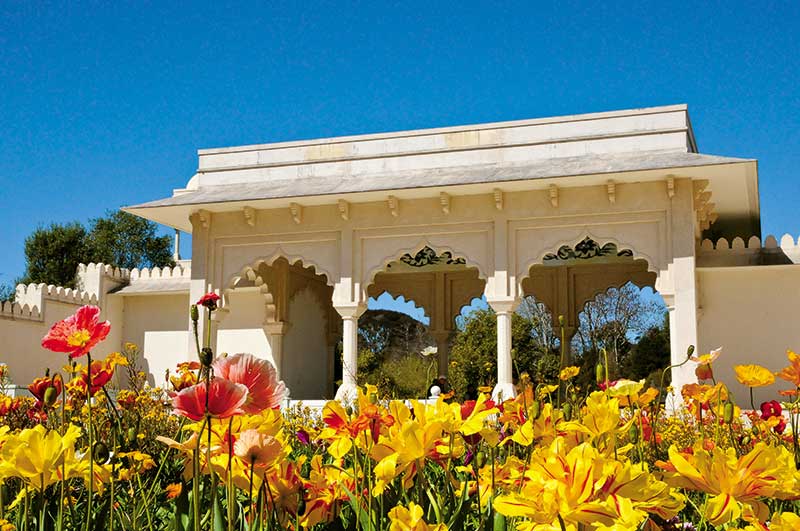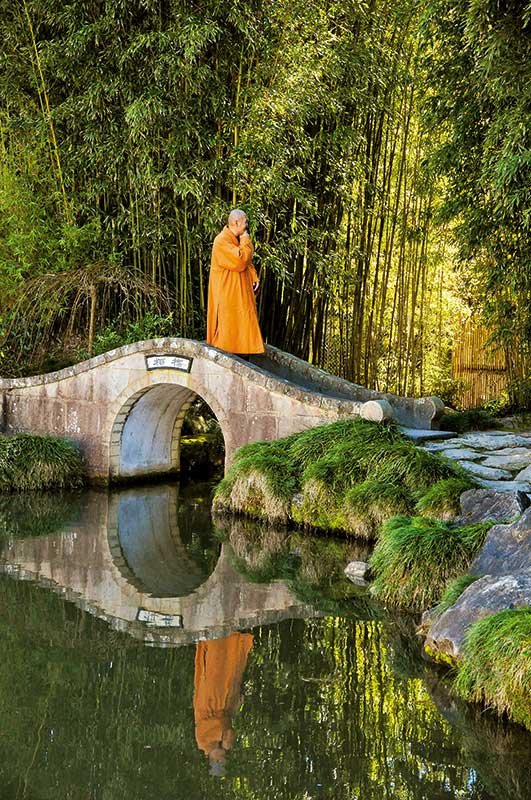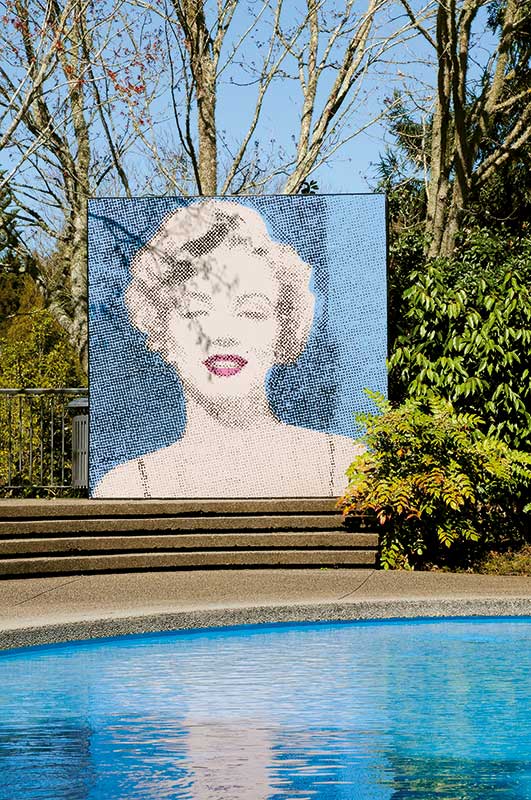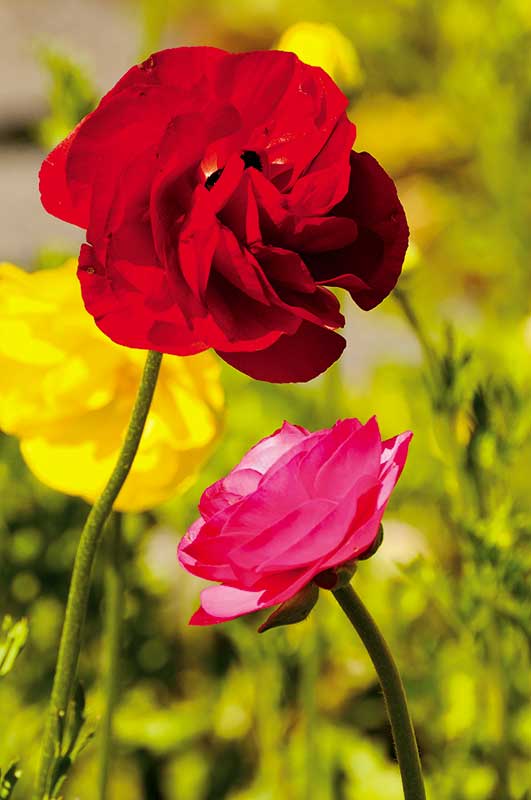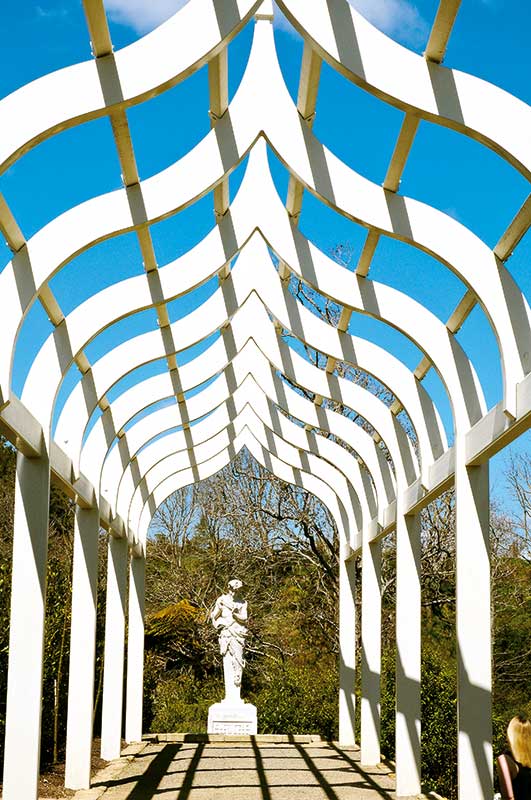The 54 hectares that the Hamilton Gardens now embraces includes what used to be the city rubbish dump, a shooting range, a dog-dosing strip and masses of gorse and blackberry. In 1960, the gardens had humble beginnings with just over one hectare of this wild waste being given to the City Council to become a garden. It grew from there.
Hamilton Gardens is not a botanical garden. Instead, the concept on which it is based acknowledges that there is a story to tell about gardens and their use and development over time and across cultures.
Within the greater garden there are 23 different themed gardens, two hothouses, numerous sculptures, bush walks, a lake walk and a good cafe in the middle of it all. And there are, on this sunny Saturday in early October, hundreds of sweet places to picnic and hundreds of people picnicking.
The Paradise Gardens are my favourite, six of them: the Indian, Chinese and Japanese gardens, already mentioned, as well as an English, Modernist and Italian Renaissance garden. Each of these, along with the Maori, Tudor and kitchen garden, has historic integrity and provides an insight into the story of that culture or era and the arts, beliefs and lifestyles of that time.
They provide informative and educational experiences but not in a stuffy museum-like way. It feels like a garden tour of the world without leaving the Waikato and, for children, it is the great Disneyland of gardens; fantasies can be built in and around any one of them.
Gardens are seasonal but, here, there always seems to be fine things blooming. Even in the frosty dead of winter one can count on beautiful red berries, the first camellias and, in the hot houses, orchids take pride of place in a mass of potted colour that the warm steamy air has encouraged to flower early.
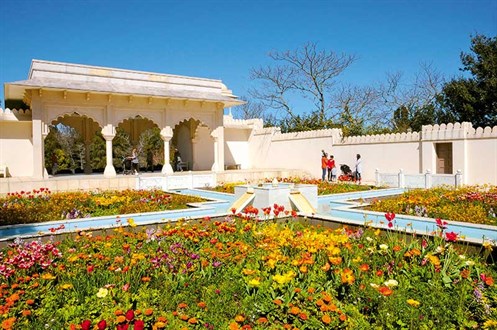
In the first week of October I am too late for the camellias and have also missed the brilliance of the rhododendrons lawn in full flower. Most rhododendrons have finished though there are a few late bloomers and the azaleas at their bright best. I’m too early for the rose garden and the water lilies aren’t yet in the English garden’s pond. But what I see, in luscious profusion, is poppies, tulips, stocks, zinnias, anemones, fragrant freesias, ranunculi, magnolias and much, much more.
And early October is the absolute best time for flowers in the Maori Garden with kowhai brilliantly gold, clematis in a cascading tangle of white and luscious clusters of kaka beak, with painted-red stripes on its pink cardinal’s hat, looking proudly exotic.
There is always something in vivid bloom in the hot, dry cactus house. The cacti house was opened in 1962 when a cactus collector donated 240 plants. The wow factor is the size of some of these giants cactus that have been happily growing for more than 50 years. Again one can easily zone out of what is normal and move into a Mexican desert fantasy and a bench at the end of the cactus house allows one to do this comfortably.
Art, particularly sculpture, complements the gardens and there is plenty of it. Nga Uri o Hinetuparimaunga, unmissable at the main entrance, comprises 21 large cream columns of Hinuera stone, five of which, lined up together, are symbolically protected by a massive cloak of woven pebbles.
There are plenty of other impressive sculptural pieces. Not everything has to be big to delight and the Mad Hatters Tea Party, in bronze, is low enough and small enough for children to enjoy. The finely carved marble flower in the centre of the Indian garden has low-key charm and a bronze turtle is a feature in the Chinese garden.
The only problem with these gardens is that there is too much of them. My spirit is willing, I want to explore every nook of the 54 hectares, but flesh is weak and by one in the afternoon I’m tired. I’ll have to come back another day.

